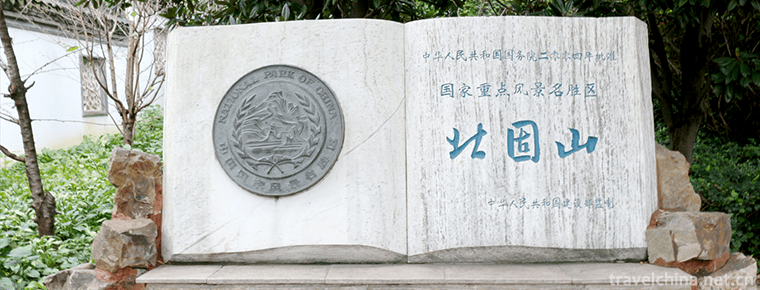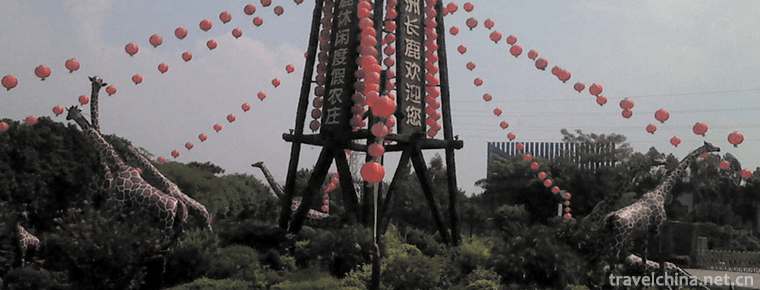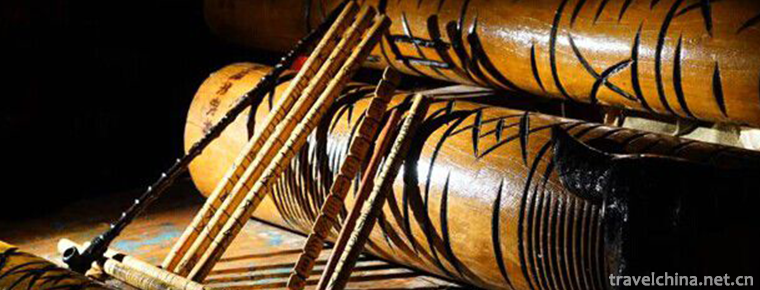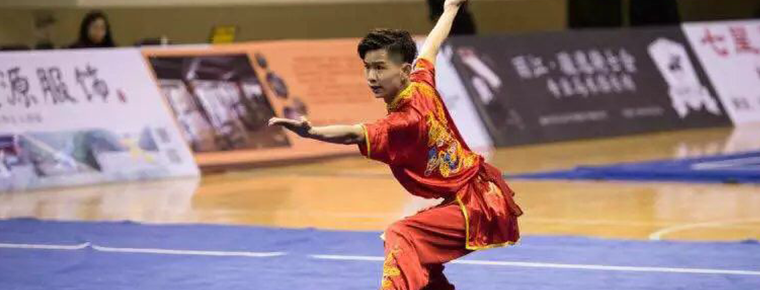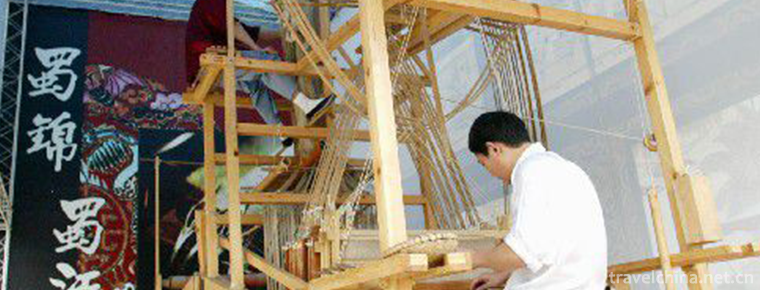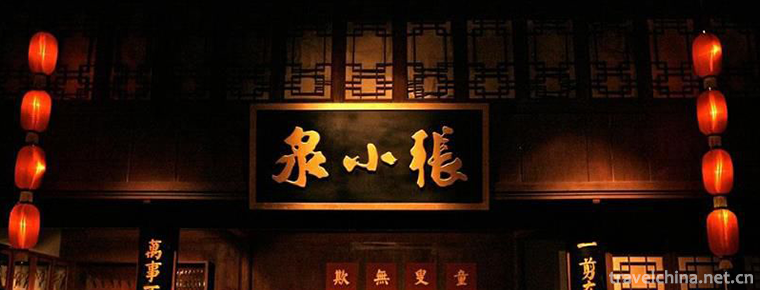sate noodles
The only disciple chef Wang Daquan who teaches Shacha Noodle recipe by the master of Southern Fujian cuisine Yang Jibo inherits the tradition and makes it flourish. The main ingredients of Shacha sauce are dried shrimp, dried fish, onion, garlic, ginger and more than a dozen other ingredients. After deep-fried crispy and grinded fine, Shacha sauce is prepared for use.
Fujian is one of the earliest coastal areas open to the outside world and one of the main ancestral places of overseas Chinese. There are many imported products in Fujian people's lives, and Shacha is one of them. Sha cha Siwon in Malaysia, there are also from Indonesia. People in Southern Fujian drink tea and become popular. Therefore, the sate translation of Malay language is called sa-te.
Sand tea noodles are very simple. Soda water and oil noodles are boiled in a boiling pot under the fence. They are salvaged in a bowl. With their own taste, they are added with pig heart, pig liver, pig waist, duck tendon, duck blood, large intestine, squid, tofu and other accessories. Finally, they are dried with soup that has been boiling in a large pot. A bowl of noodles can be served in a minute.
At the end of the 18th century in Xiamen, a family lived at the foot of Mount Putuo (now Nanputuo), fishing for generations. His father died early, and his son and his mother depended on each other. Unfortunately, a great wind swept away the son who was fishing. Ten years since then, no news has been heard; the desperate mother has cried her blind eyes, and her taste buds have been lost.
The lucky son was rescued by an Indonesian merchant ship and worked as a cook on the ship. He found that Indonesians like to cook meat with a powder called sand tea. The meat is so delicious and delicious. His heart wants to go home. He must cook such meat for his mother. Ten years later, the young man finally returned to Xiamen with the boat and saw the thin and old mother, whose son had a knife in his heart, and decided to be filial to his mother. Although his son took good care of him, his mother still had no sense of taste. One day, he bought his mother's favorite peanuts. After grinding peanuts into powder and adding them to noodles made of bone soup, my mother took a bite and said, "What a light taste!" The son was overjoyed and went to fetch the salt bar. He found that the salt bar had been used up and turned over the tea powder that Indonesia had brought back. He used it instead of salt bar to sprinkle some noodles. Unexpectedly, my mother ate noodles and said, "what is this? It's so delicious!" The son came close to the bowl and smelled so fragrant. From then on, the mother's taste was restored. Later, in order to make a living, the young people took the cooked sandtea noodles to the wharf to exchange some daily necessities and fish with fishermen, and gradually more and more boats stopped for this famous bowl of sandtea noodles in the countryside! Today, this bowl of filial piety and the birth of the tea noodles, has become the pronoun of Xiamen snacks. It is Xiamen's most distinctive snack, which is sought after by Xiamen people and foreign tourists.
Making of tea sauce
1. Burn peanuts, dried fish and dried shrimp into 50% hot salad oil, soak and fry until fragrant and cooked, then remove them and grind them into sauce.
2. Take one bite of iron pot, add peanut oil, add dry chili powder, garlic and scallion to fry until fragrant, leave oil and residue to be used.
3. After washing the pan, put in the fried oil, and burn until 50% hot, add peanut butter and hot shacha, and simmer until the sauce bubbles.
4. Xiamen Shacha noodles taste salty, spicy, a little sweet, red and bright soup, salty, spicy taste, nutritional collocation is reasonable.









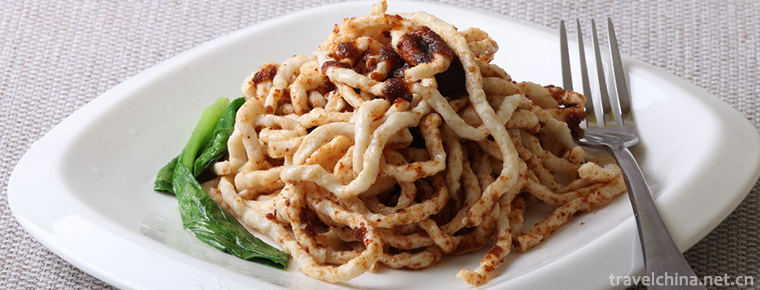
-
Pudacuo National Park
Pudacuo National Park, located in the center of the world natural....
Views: 172 Time 2018-10-18 -
Beigushan HillBeigu Mountain
Beigu Mountain, one of the three scenic spots in Zhenjiang, overlooks Beigu, pillows the river, rocky walls, and the mountain is dangerous, so it is named Beigu Mountain.
Views: 117 Time 2018-12-06 -
Chuanlord Tourism & Leisure EXPO Park
Chuanlord Tourism & Leisure EXPO Park ,Changlu Tourism Xiubo Park, or Changlu Environmental Protection Holiday Farm (hereinafter referred to as "Changlu Farm").
Views: 502 Time 2018-12-12 -
Kedao
Kedao, the local traditional folk literature of Shibing County, Guizhou Province, is one of the national intangible cultural heritage..
Views: 266 Time 2018-12-15 -
Guan Lin Scenic Area
Guanlin, a national key cultural relic protection unit, National AAAA tourist attraction, is the first place for the burial of Shu generals Guanyu in the Three Kingdoms period. The former is an ancest.
Views: 128 Time 2018-12-24 -
Zha Quan
Zha Quan is one of the five major schools of traditional Chinese long boxing, which is widely spread among Hui people. It originated in Shandong Province.
Views: 142 Time 2019-04-15 -
Construction Techniques of Miaozhai Diaojiao Building
Miaozhai hanging-feet building is evolved from the form of "nest dwelling". It is built with bamboo and wood. The lower part of the building is hollow. It is called "semi-dry fence".
Views: 108 Time 2019-06-05 -
Shu Brocade Weaving Techniques
Shu brocade weaving has a long history. The earliest written records were found in the reign of Huiwen King in the Spring and Autumn Period and Qin Dynasty. During the Warring States Period, Shu Broca.
Views: 110 Time 2019-06-15 -
Forging Skill of Zhang Xiaoquans Scissors
In 1663, Zhang Xiaoquan's scissors were first created in Hangzhou, and later became one of the famous "five Hangzhou" products. The development of "Zhang Xiaoquan" scissors has exp.
Views: 278 Time 2019-07-25 -
Beijing Union University
Beijing Union University was founded in 1985 by the Ministry of education. It is a comprehensive university in Beijing. Its predecessor was the 36 University branches in Beijing in 1978. After more th.
Views: 159 Time 2019-09-06 -
University of Chinese Academy of Sciences
University of Chinese Academy of Sciences ( University of Chinese Academy of Sciences Referred to as "National Science and Technology University", was approved by the Ministry of education. .
Views: 111 Time 2019-12-11 -
Nanchong transportation
In 2019, the total mileage of Nanchong highway is 23100 km, including 574.06 km of expressway. The highway freight turnover was 10.921 billion ton kilometers, down 1.6% from 2018, and the highway passenger transportation turnover was 2.511 billion person kilometers, 17.7% lower than that in 2018..
Views: 341 Time 2020-12-17

